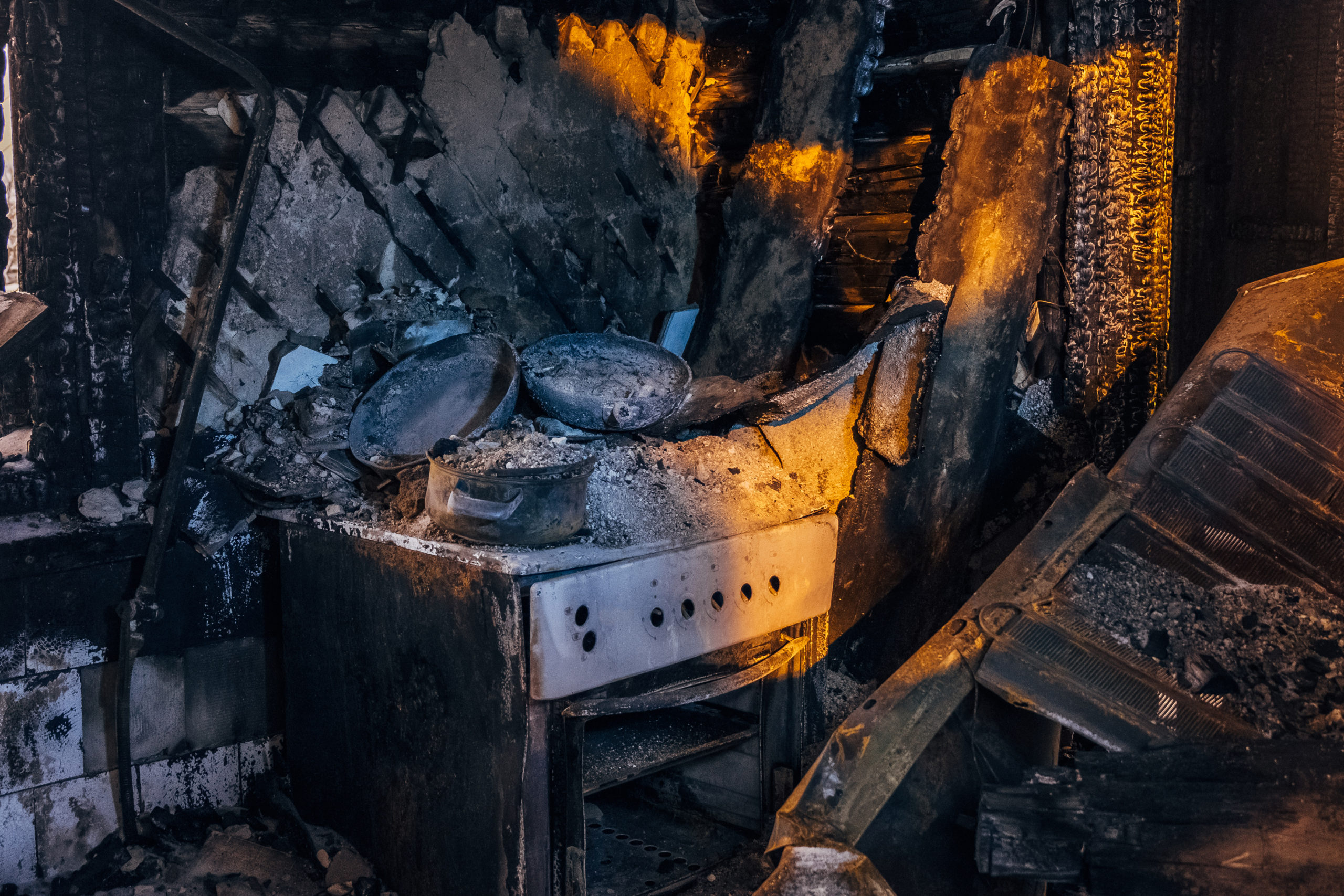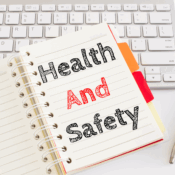
12 May 2021
Fire – a commercial kitchen’s biggest risk
A brilliant article by a Senior Risk Manager at QBE explains how you can protect your commercial kitchen from the risk of fire:
If you operate a commercial kitchen, fire is one of the biggest risks.
Most kitchens will build-up deposits of fat, oil and grease in the ventilation system (most notably, inside the extract ventilation ductwork), which if not regularly cleaned, can contribute greatly to fire risk.
A fire needs three things to start and spread – heat, fuel, and oxygen – and all three are present in a commercial kitchen’s ventilation system. Heat and flames from the cooking process can mix with oxygen in the extractor and if it latches onto flammable fatty residues inside the ductwork acting as a fuel source, the results can be disastrous.
Which businesses are at risk?
The food and drink sector is obviously a prime candidate for fire risk - cafes, pubs, restaurants, fish and chips shops, and fast-food outlets.
Busy kitchens are also found in a huge range of commercial premises, including hospitals, factories, schools, prisons, care homes, hotels, leisure centres and motorway service stations.
In many buildings, the kitchen is often on the ground floor. When fire breaks out it can spread quite rapidly throughout the ductwork, the rest of the building, and even to other buildings, resulting in loss of business, costly and lengthy repairs, or worse – loss of life.
A well-known example is often cited from 1997, when a fire started in a fast-food restaurant at London’s Heathrow Airport. As the fire spread, Terminals 1, 2 and 3 had to be closed, thousands of passengers were evacuated, and 300 flights were cancelled. The investigation traced the source of the fire back to grease deposits in the ductwork above the restaurant.
How can fire risk be reduced?
One of the most important factors in reducing fire risk is cleanliness.
Of course, for an area involved in preparing food, we expect a kitchen to be clean, but this also applies to the parts not immediately visible – inside the ventilation system.
As far as possible, all parts of the extract need to be cleaned, which may require the use of access hatches, or in the extreme, dismantling of ductwork. Any newly-installed system should be designed with access hatches built in, but many older installations will need access hatches retrofitting. In some cases where access hatches can’t be installed, the use of long reach cameras and cleaning equipment will be required to get to the hidden spots.
A useful guide to read is ‘RC68: Recommendations for fire safety in catering establishments’ published by RISCAuthority, in association with the Fire Protection Association. The recommendations apply to the installation, management, operation and maintenance of cooking appliances and related equipment in commercial catering kitchens, including the use of fire suppression over the cooking range and within the extract duct.
The standard that applies to how a commercial kitchen duct and extract system should be cleaned is ‘TR19: Internal cleanliness of ventilation systems’, which outlines a 'defined, measurable level of cleanliness'. TR19 is published by The Building Engineering Services Association (BESA), and is the standard widely used by insurers and compliance bodies.
TR19 contains tables and guidance on how often each type of ventilation ductwork should be cleaned, according to its use. All fat, oil and grease residue must be removed at each clean, including from the least accessible areas. Such deep cleaning is best carried out by a competent specialist cleaning contractor, who will usually provide evidence of the cleaning process with before and after photographs.
Cleaning regularity will depend on the perceived level of grease production and the average number of hours that the kitchen is being used for.
Need to claim? Report it early
Finally, a reminder that if you have an incident and need to make an insurance claim, it’s important that you report it as soon as possible, ideally the same day. Reporting a claim early can save time and help you to receive any claim payments faster.
If you would like to discuss risk management features and insurance that can be put in place to protect your livelihood then please contact our team, we would be more than happy to perform an extensive review of your policies.
To make sure your insurance policy is ready and adequate, should disaster strike, speak to us for a full review of your exposures.
Read more of our blogs HERE:
Is my business secure? – Security overview
Is my shop covered?
For friendly professional advice click HERE to visit our main page and find out more.
Have any questions? please don't hesitate to contact one of our team
Stuart Belbin - Stuart.belbin@ascendbrokingold.co.uk | Office: 01245 449067






